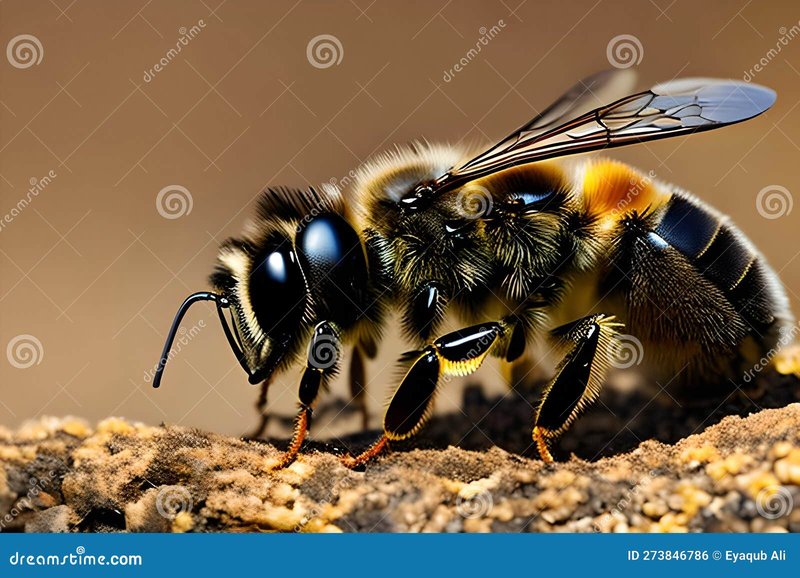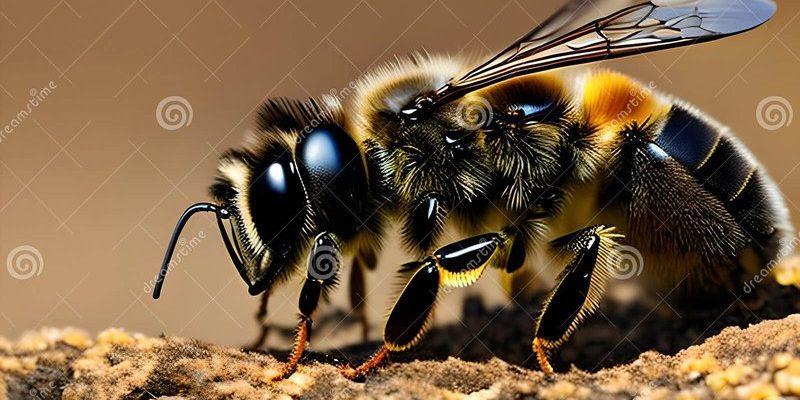
Honestly, honey bees are typically peaceful insects. They’re more interested in gathering nectar than bothering people. But, like any creature, they can react if they feel threatened. So, let’s dive into the world of honey bees, exploring their aggression levels, the danger of their stings, and how to stay safe around them.
Understanding Honey Bee Behavior
Honey bees are fascinating little creatures with complex social structures. They live in colonies, which can have thousands of bees. Each bee has a specific role—workers gather food, drones mate with the queen, and the queen lays eggs. The entire colony works together to survive.
When you see a honey bee, it’s usually a worker bee, buzzing around looking for flowers. They play a vital role in our ecosystem by pollinating plants, which helps produce fruits and vegetables. However, if they feel their hive is in danger, they might become aggressive. This is their way of protecting their home and survival.
It’s important to remember that honey bees won’t sting unless they have a reason to. They’re not out to get you; they just want to go about their business. If you remain calm and avoid swatting at them, you’re less likely to provoke a sting.
The Honey Bee Sting: What Happens?
When a honey bee stings, it injects venom through its stinger. The stinger is barbed, which means the bee can’t pull it out after stinging you. Instead, the bee dies shortly after. This is a significant sacrifice for the bee, emphasizing how serious they take their role in defending the hive.
The sting causes pain, swelling, and redness at the site of the sting. For some people, it can even trigger an allergic reaction, which might require medical treatment. Here’s a quick breakdown of what to expect if you get stung:
- Pain: A sharp, burning sensation that usually fades within a few hours.
- Swelling: This can last a day or two, depending on your body’s reaction.
- Allergic reactions: Watch for symptoms like difficulty breathing or swelling in other parts of the body; these require immediate medical attention.
If you’re stung, try to remain calm. Remove the stinger by scraping it out with a credit card or your fingernail—don’t pinch it, as that could release more venom.
Are Honey Bees Aggressive?
You might be wondering if honey bees are naturally aggressive. The truth is, they’re not! Honey bees are generally mellow creatures. They only become aggressive if they feel threatened, especially when protecting their hive.
Intrusions into the hive can trigger a defensive response. If a bee perceives you as a threat, it might buzz nearby or even sting. This is their way of telling you to back off. However, many times, if you keep your distance and avoid quick movements, they’ll continue their foraging without paying you much mind.
It’s also worth noting that some breeds of honey bees are more docile than others. For instance, Italian honey bees are known for their calm demeanor, while others, like Africanized bees, may be more defensive. Knowing the kind you’re dealing with can help ease your worries.
How to Stay Safe Around Honey Bees
Staying safe around honey bees doesn’t mean avoiding them entirely. Instead, it involves understanding their behavior and knowing how to react. Here are some practical tips to keep in mind:
- Stay still: If a bee is buzzing around you, try not to swat at it. Remain calm and still until it moves on.
- Wear light-colored clothing: Dark colors can attract bees because they resemble the hues of predators.
- Avoid strong scents: Bees are drawn to floral fragrances or sweet-smelling products, which could pique their interest.
If you’re gardening or enjoying the outdoors, be mindful of your surroundings. Keep an eye out for flowering plants, as bees are often nearby. Being aware of where they are can help you find a safe path.
What to Do After a Sting
If you do get stung, there are steps you can take to alleviate discomfort. Here’s a quick guide to follow after a sting:
1. Remove the sting: As mentioned, scrape it out with a credit card or your fingernail.
2. Clean the area: Use soap and water to clean the sting site to prevent infection.
3. Apply a cold compress: This can help reduce swelling and numb the area to ease pain.
4. Take medications: Over-the-counter pain relievers like ibuprofen can help with discomfort, and antihistamines may reduce allergic reactions.
If you experience severe symptoms, such as difficulty breathing or swelling in your throat, seek medical help immediately. It’s better to be safe than sorry.
So, are honey bees dangerous? Not in most cases! Understanding their behavior and knowing how to interact with them can enhance your experience with these remarkable insects. They’re essential for our environment, so it’s worth taking the time to learn about them.
Next time you see a honey bee buzzing by, remember: they’re not out to sting you. They’re just doing their job, and if you respect their space, you’ll coexist harmoniously. Whether you’re enjoying a picnic in the park or tending to your garden, keep these tips in mind, and you can appreciate the beauty of honey bees without fear.

